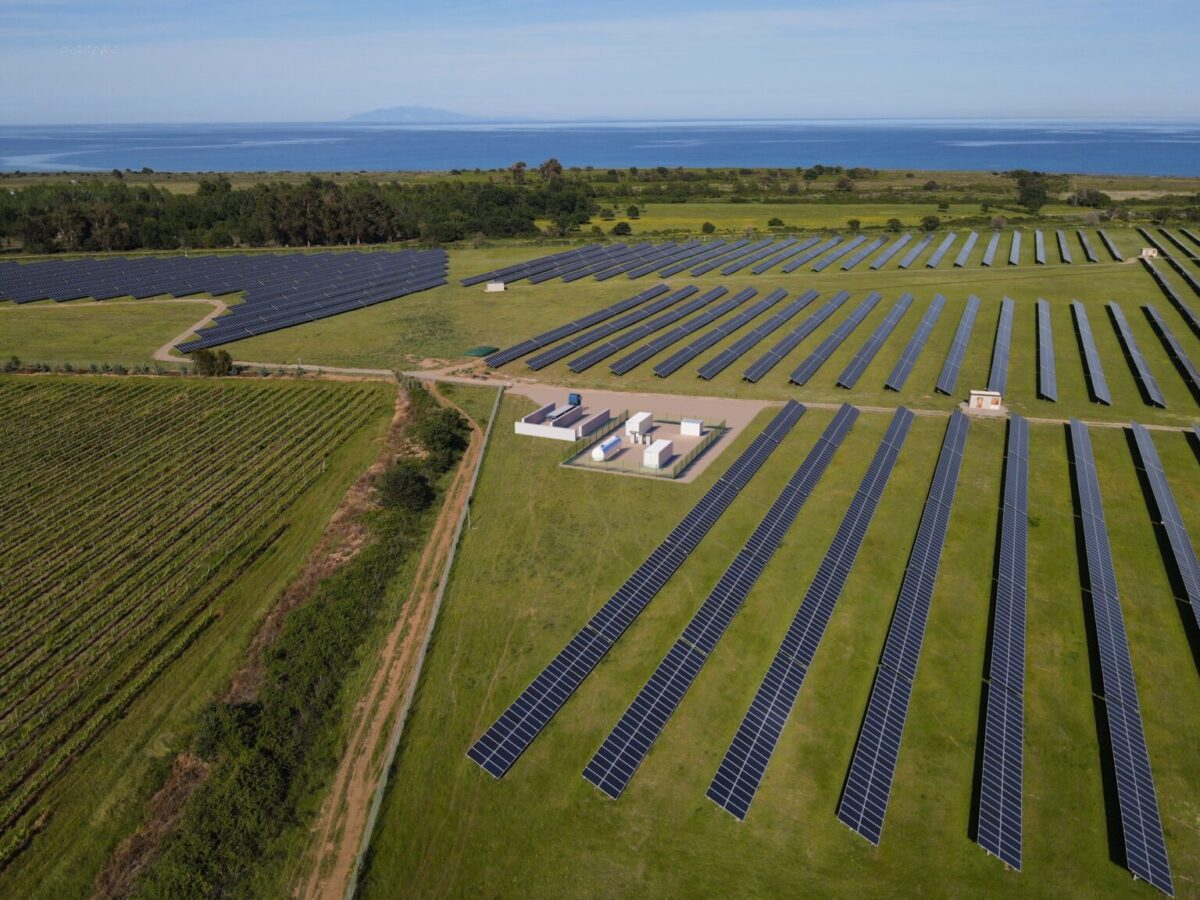From pv magazine France
French solar developer Corsica Sole has entered the green hydrogen market with the construction of its first renewable hydrogen production unit in Folelli, on the French island of Corsica.
“The electrolyzer will be powered only by photovoltaic electricity during peak hours,” said Jean-Gabriel Steinmetz, director of new markets for Corsica Sole, in an interview with pv magazine France.
Once the project is operational in 2025, it will be directly connected to one of the stations of the existing 12 MW Folelli solar power plant. Hensodlt Nexeya France will handle the design and integration of the energy systems.
“Like Corsica, island areas with strong renewable energy production capacity are often faced with situations where the available renewable electricity cannot be exploited and is inevitably lost,” explained Steinmetz. “Thus, since its commissioning in 2017, the solar power plant located in Folelli, one of the two largest power plants on the island, has experienced several hundred hours per year of energy losses.”
From now on, part of this excess electricity will be used to power the 150 kW electrolyzer, which is capable of producing two tons of hydrogen per year, or 40 kg per week.
“We chose this capacity for two reasons,” said Steinmetz. “The first is that we must take into account the needs which are still underdeveloped on the island.”
This content is protected by copyright and may not be reused. If you want to cooperate with us and would like to reuse some of our content, please contact: editors@pv-magazine.com.




1 comment
By submitting this form you agree to pv magazine using your data for the purposes of publishing your comment.
Your personal data will only be disclosed or otherwise transmitted to third parties for the purposes of spam filtering or if this is necessary for technical maintenance of the website. Any other transfer to third parties will not take place unless this is justified on the basis of applicable data protection regulations or if pv magazine is legally obliged to do so.
You may revoke this consent at any time with effect for the future, in which case your personal data will be deleted immediately. Otherwise, your data will be deleted if pv magazine has processed your request or the purpose of data storage is fulfilled.
Further information on data privacy can be found in our Data Protection Policy.